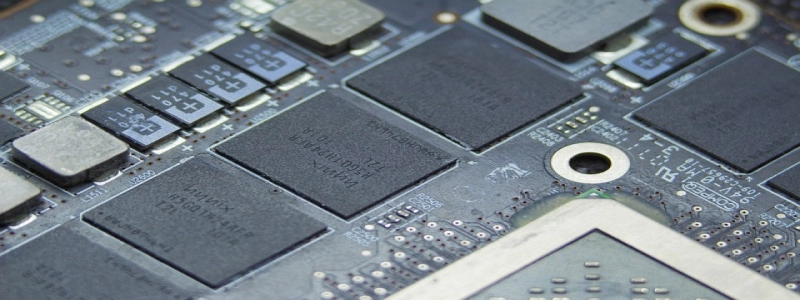DVI Connector Types
Introduction:
In the world of digital displays, the DVI (Digital Visual Interface) connector plays a crucial role in transmitting high-quality video signals. With the advancement in technology, different types of DVI connectors have been developed to cater to various display devices and their requirements. This article aims to explore the different types of DVI connectors and their features.
I. DVI-A:
DVI-A (Analog) connectors are the most basic type of DVI connectors. They are primarily used for transmitting analog signals, making them compatible with older CRT monitors. However, they do not support digital signals, limiting their functionality in newer digital displays. DVI-A connectors have a 15-pin configuration and are often distinguishable by their gray-colored ports.
II. DVI-D:
DVI-D (Digital) connectors are designed specifically for transmitting digital signals. They provide a higher-quality video output compared to DVI-A connectors. DVI-D connectors have a 24-pin configuration and are commonly used in modern LCD monitors, projectors, and similar digital display devices. Since they do not support analog signals, they are not compatible with older CRT monitors.
III. DVI-I:
DVI-I (Integrated) connectors combine the features of both DVI-A and DVI-D connectors. They are capable of transmitting both analog and digital signals, making them highly versatile. DVI-I connectors come in either a 24+1 or a 29+1 pin configuration. The extra four pins in the latter variant are used for dual-link functionality, which allows for higher resolutions and refresh rates. DVI-I connectors are commonly found in graphics cards, high-end monitors, and video devices.
IV. DVI-DL:
DVI-DL (Dual-Link) connectors are an extended version of the DVI-D connectors. They have additional pins, allowing for a higher bandwidth, which enables support for higher resolutions and refresh rates. DVI-DL connectors feature a 25+1 or a 29+1 pin configuration, depending on the presence of dual-link functionality. These connectors are commonly used in professional-grade monitors, high-end gaming displays, and video production equipment.
Conclusion:
DVI connectors have revolutionized the way we transmit video signals in the digital era. Understanding the different types of DVI connectors and their features is essential to ensure compatibility and optimize the visual experience. From the basic analog DVI-A connectors to the versatile DVI-I connectors and the high-performance DVI-DL connectors, each type serves a specific purpose in the world of digital displays. Whether you are connecting your computer to a monitor or setting up a multimedia presentation, choosing the right DVI connector type is crucial for achieving optimal video quality.








